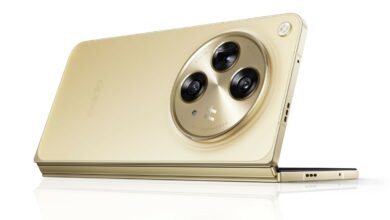Xiaomi Redmi 13C 5G review
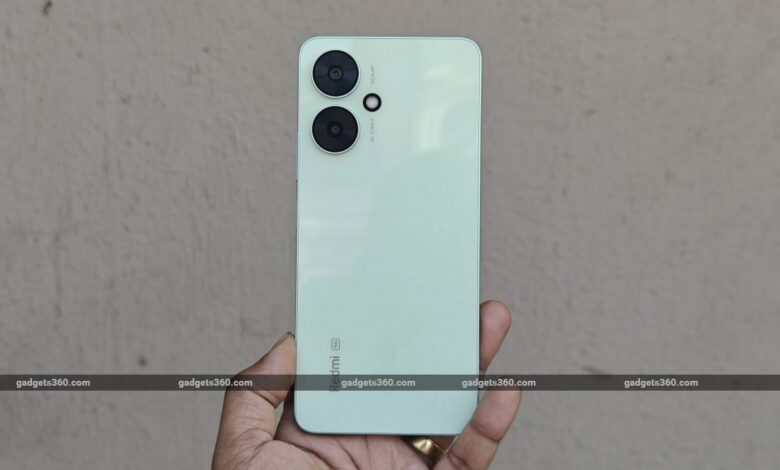
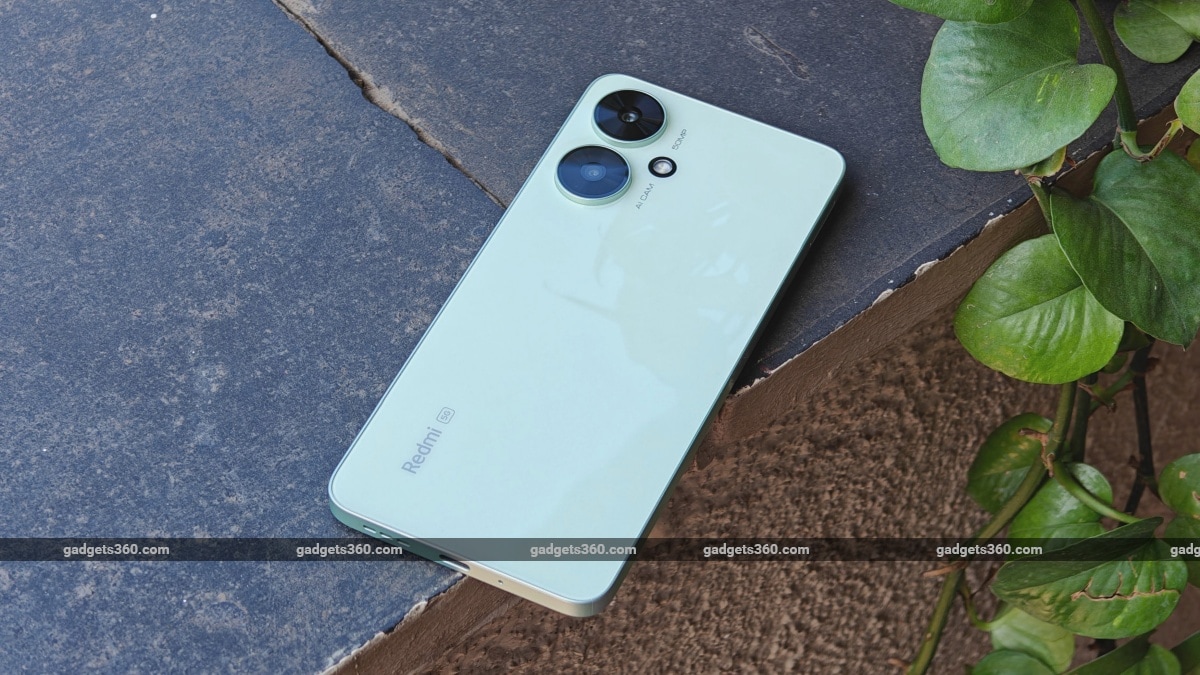
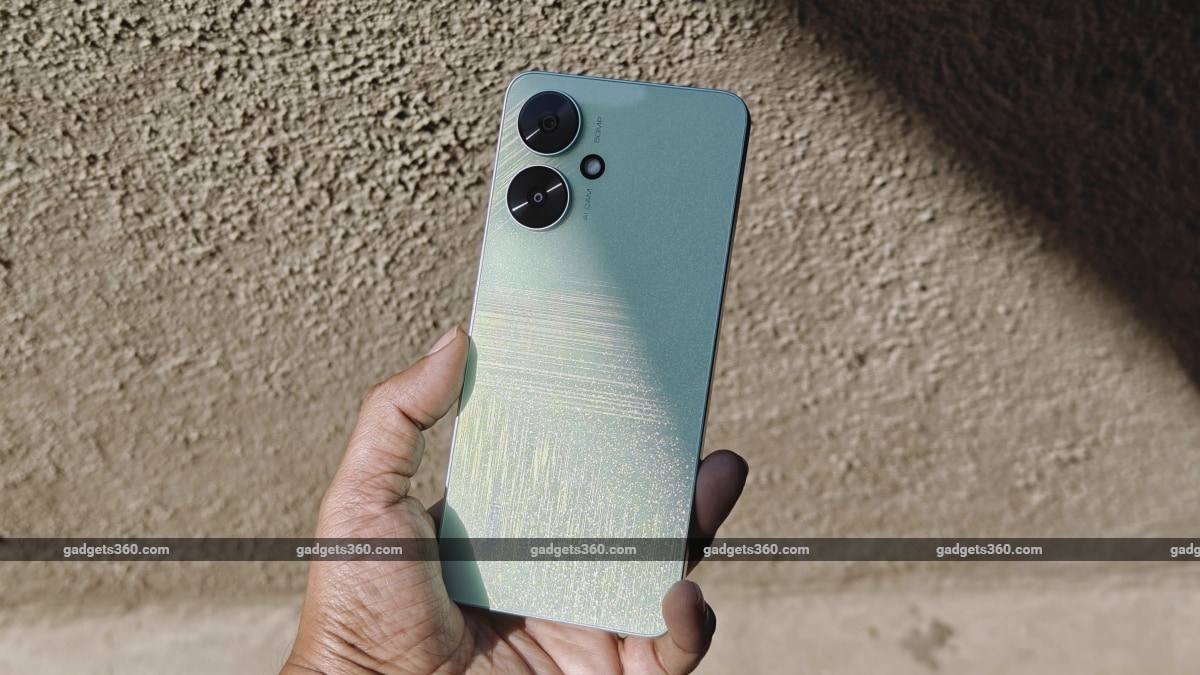
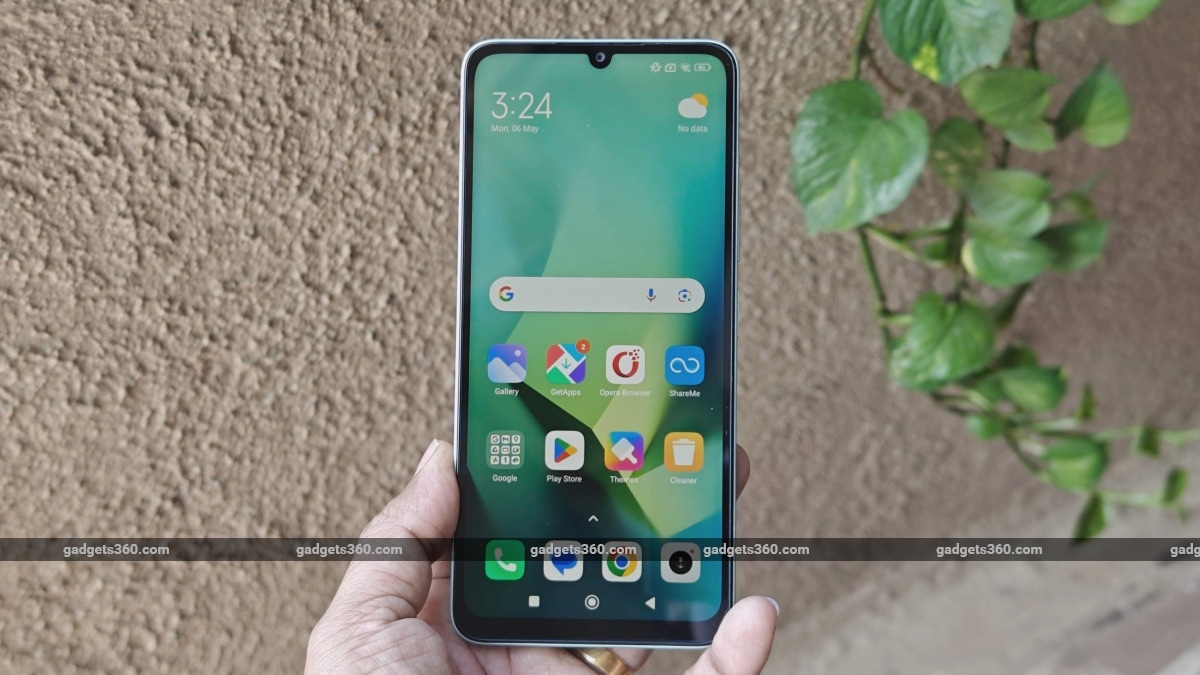
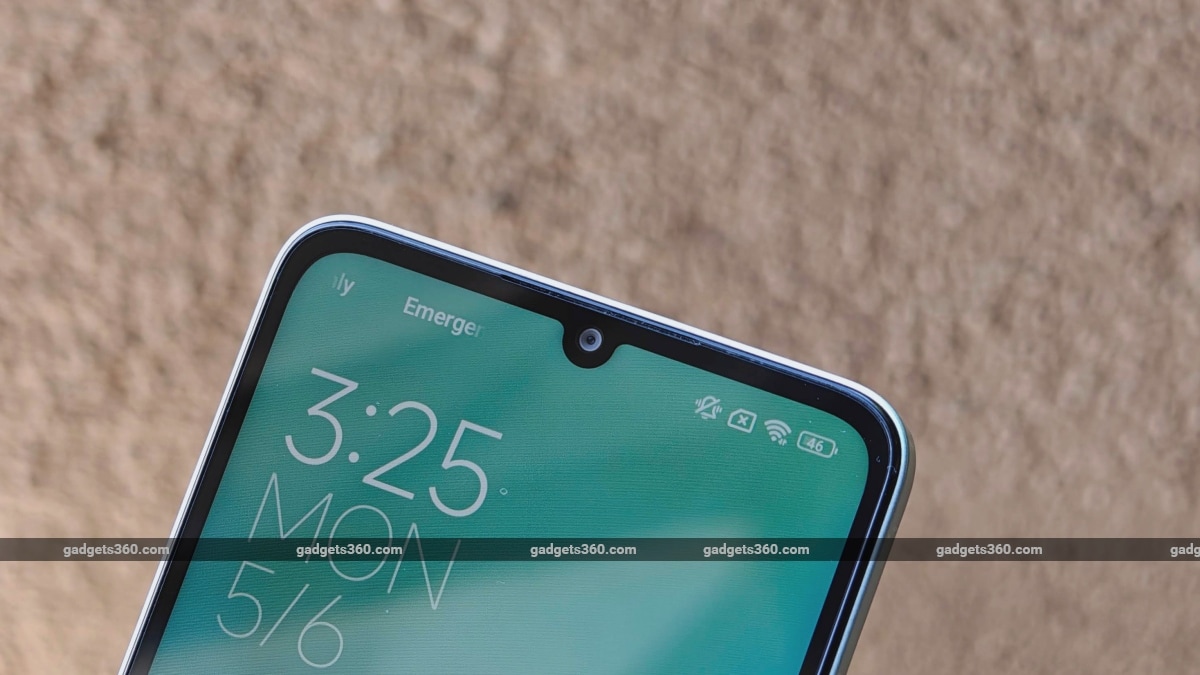
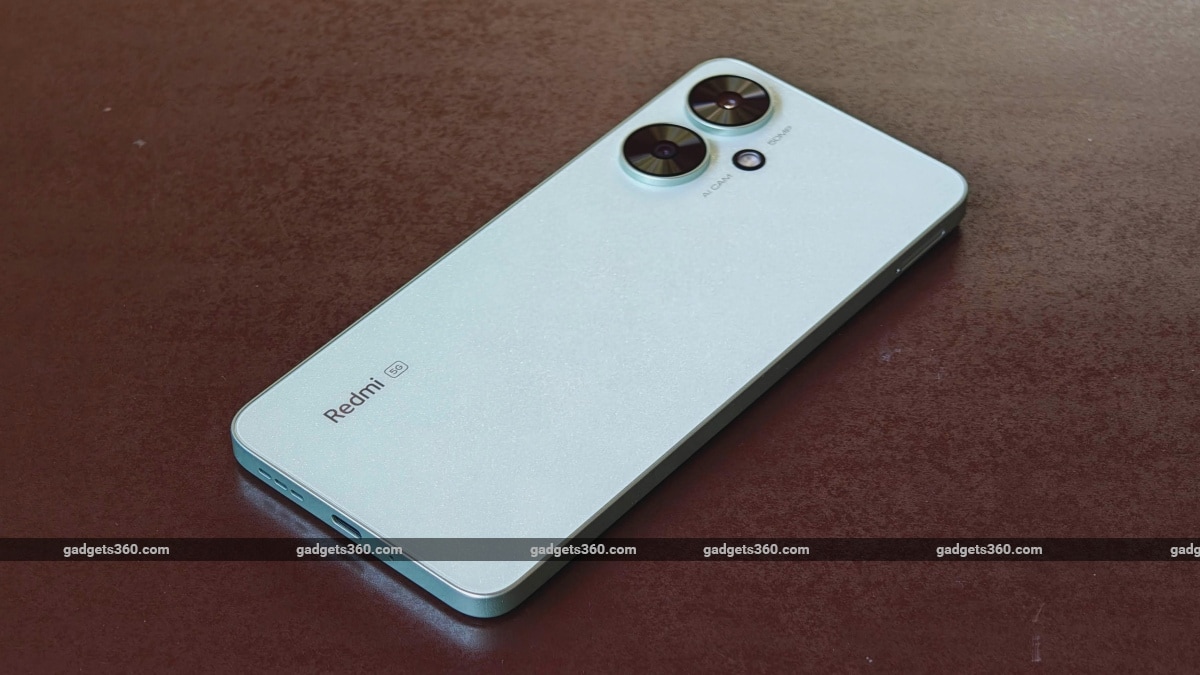
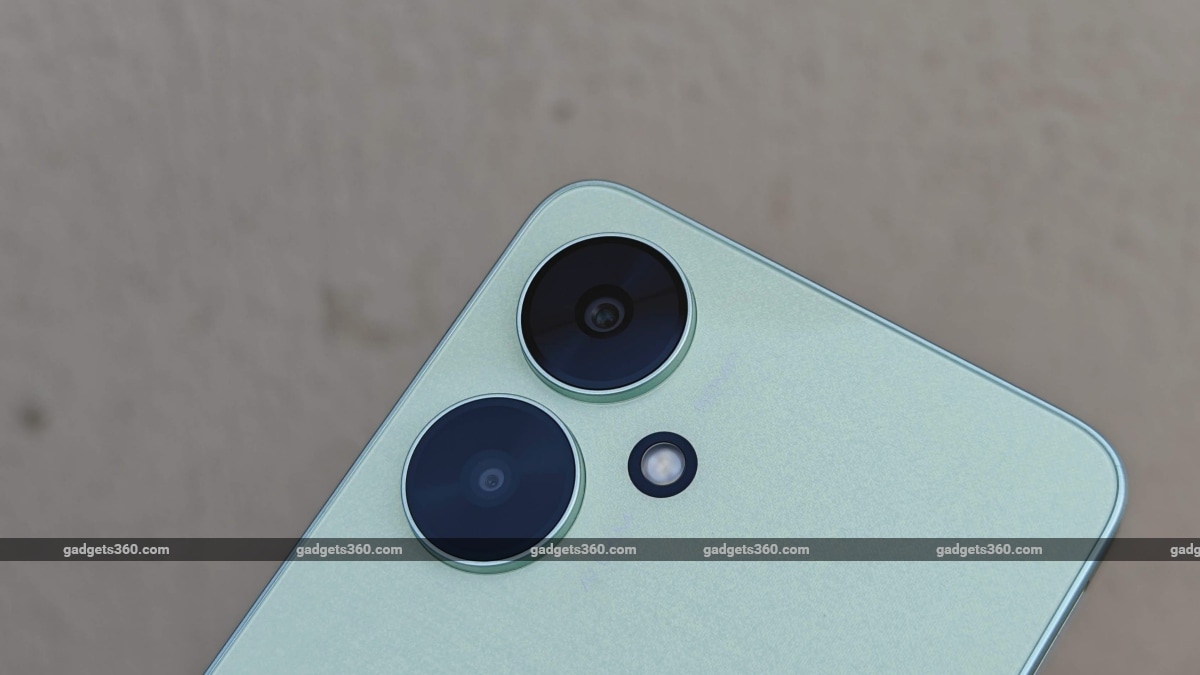
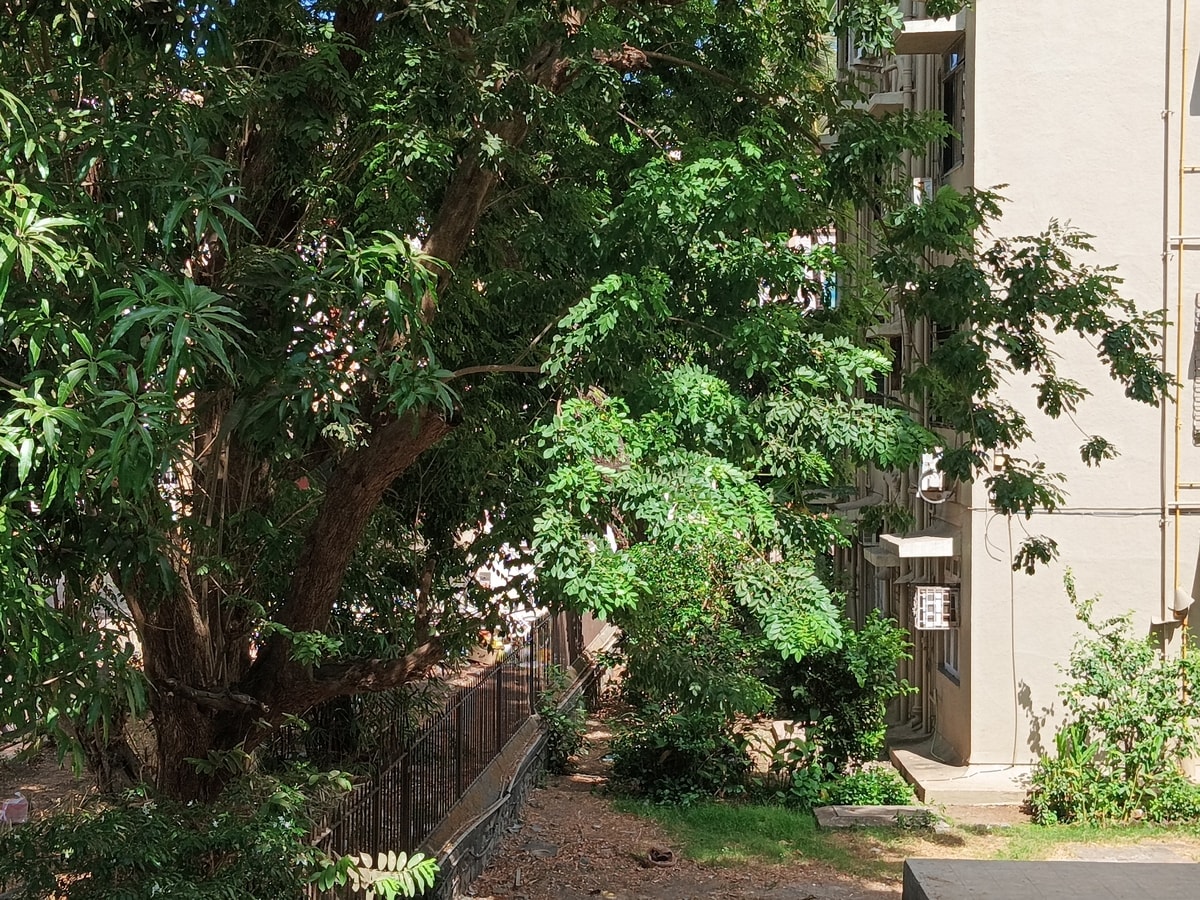
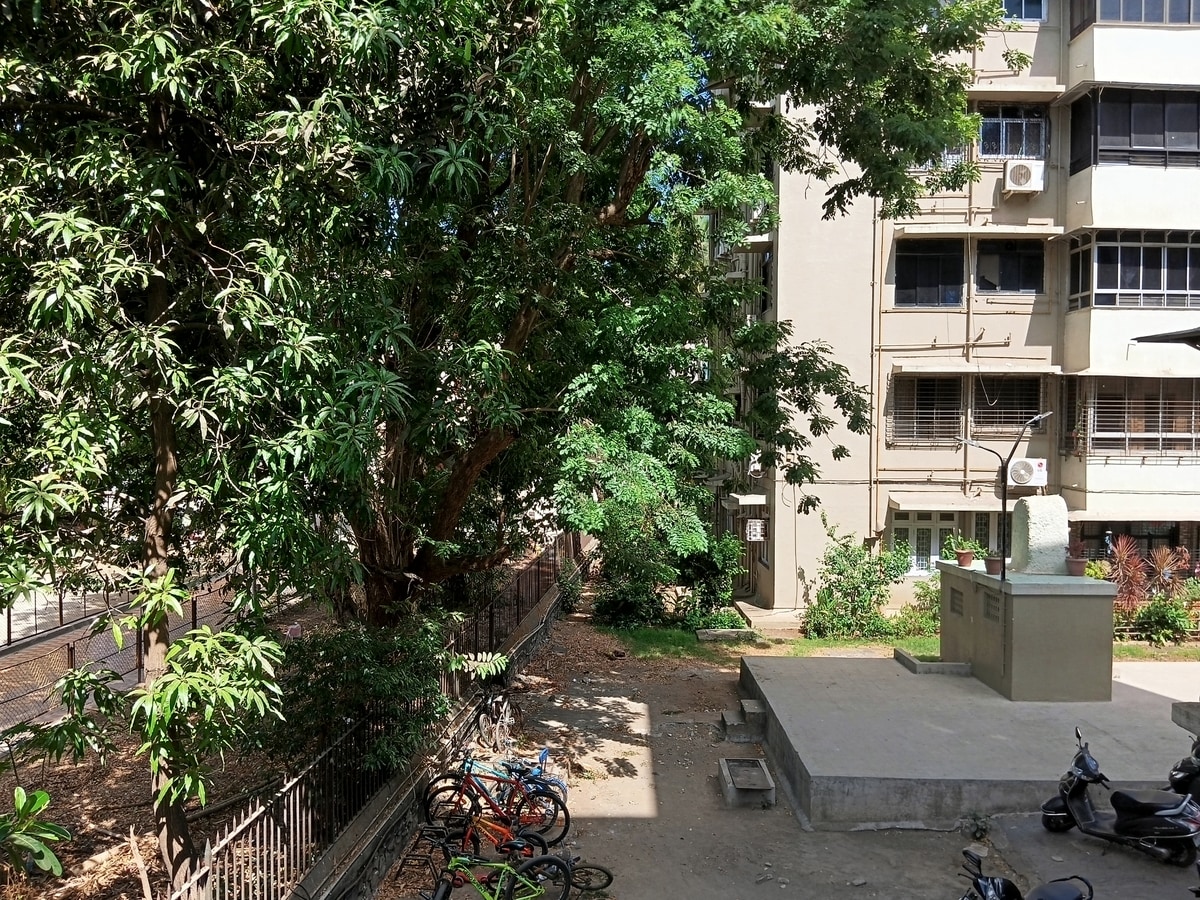
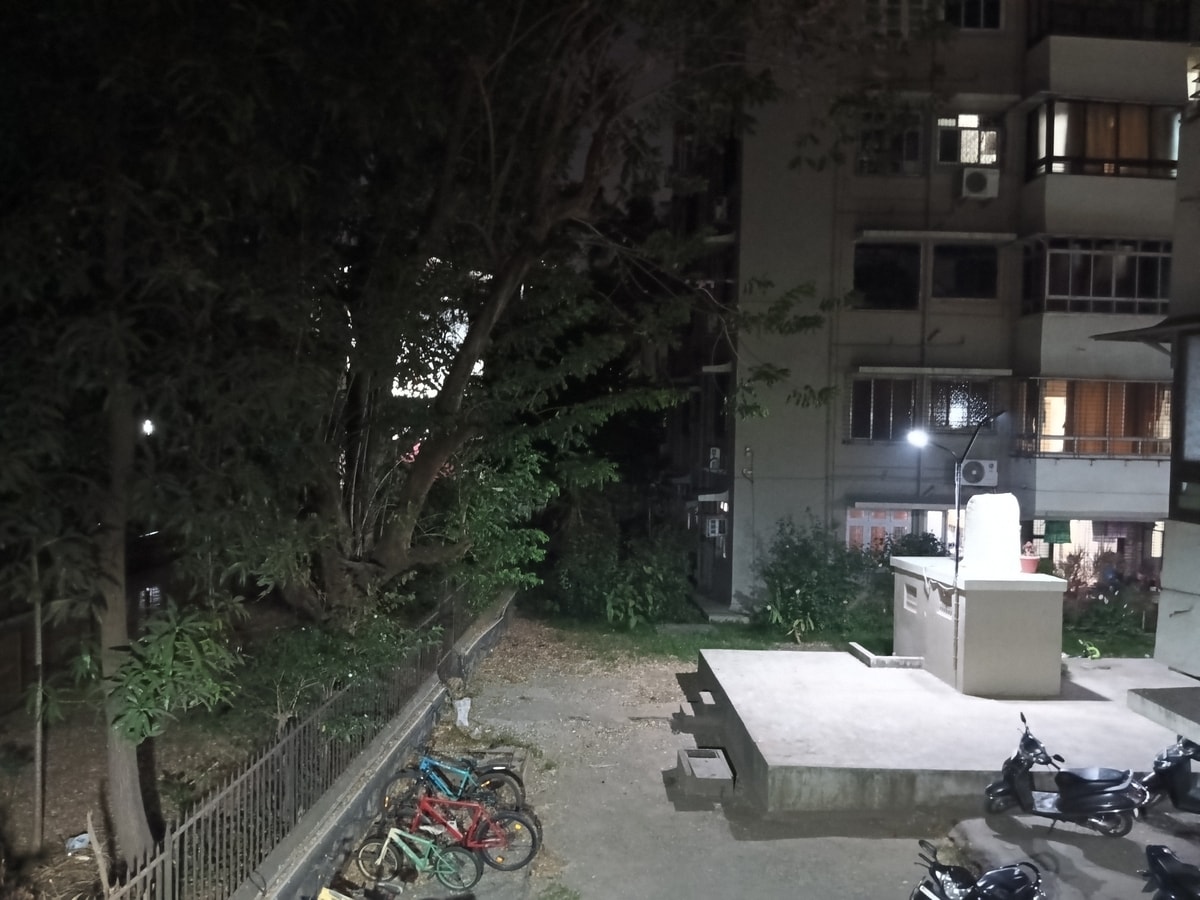
Xiaomi’s Redmi 13C aims to deliver a solid 5G experience, paired with an interesting-looking design and good battery life. It even adds a large display to the mix, which makes it good for consuming content as well. Not only is the design stylish, but it’s also dust and splash resistant. By all accounts, the Redmi 13C 5G seems like the perfect entry-level phone for someone upgrading from a fairly basic, battery-oriented, entry-level smartphone. Or even for someone getting their first smartphone after using a feature phone for years. With those criteria in mind, let’s see if the Redmi 13C 5G meets such a user’s fairly basic smartphone requirements.
Xiaomi Redmi 13C 5G Review: Price in India
The Xiaomi Redmi 13C 5G is priced starting at Rs. 10,499 in India. For that price tag, you get 4GB of RAM and 128GB of storage, which is essentially entry-level hardware to keep the software experience and apps running smoothly. However, it’s also nice to see 128GB of base storage, which should be enough to cater to the app-using needs of most smartphone buyers in this price range. The phone also comes in a more future-proof 6GB RAM variant, which is attractively priced at Rs. 11,999.
Of the three, it also offers the best value, as 6GB of RAM should help with basic multitasking and keeping apps in memory. Finally, there’s the 8GB RAM variant, which comes with 256GB of storage. This variant doesn’t break the bank with its Rs. 13,999 price tag, but it’s at this price point that buyers will find more attractive and competitively priced options from Samsung and other brands.
Xiaomi Redmi 13C 5G review: design
The Xiaomi 13C 5G has a sleek design with straight lines and flat sides. The back panel of the phone is made of polycarbonate and so is the frame and chassis. However, it is well built and feels quite solid.
The phone features a 6.74-inch display with a waterdrop notch at the top for the selfie camera. Considering the otherwise modern look, the waterdrop notch makes it look a little dated once the display is on.
![]()
The back of the Xiaomi Redmi 13C 5Gs has a flat mint green appearance from afar
While most premium devices have such large displays, these panels also have thin black bezels. This being a budget phone, the Redmi 13C 5G doesn’t have these, and so the large panel, coupled with the thick bezels, makes this phone a bit too big to handle in one hand. Its weight is also on the hefty side at 192 grams, but it’s nothing out of the ordinary considering its size.
I’m not a fan of flashy back panels, but the Startrail Green finish (which is similar to the Startrail Silver finish) looks nice in an understated way. It gives the back panel an animated look, with fine flowing lines racing from side to side. These lines animate when light hits the phone at an angle. Otherwise, the phone appears to have a mostly flat and solid green finish. If you’re not a fan of these animated back panels, Starlight Black is a more subtle option.
![]()
Hold it under a bright light source and you will see a number of lines running from one side to the other
This modern and minimalist design also offers basic splash and dust resistance, but Xiaomi won’t confirm these ratings on its website, so they’re not official. As such, I wouldn’t recommend dunking this phone in water or taking it out when it rains.
Xiaomi Redmi 13C 5G review: specs and software
The Xiaomi Redmi 13C 5G is powered by a MediaTek Dimensity 6100+ SoC, which is also found in some budget smartphones that are a bit more expensive. The chipset isn’t a performance-focused one. It’s not built with gaming in mind, but it’s efficient while running everyday apps and delivers solid 5G connectivity. And, on that note, it offers support for a multitude of 5G bands (both NSA and SA) and also offers dual-band Wi-Fi for decent data connectivity at home, along with Bluetooth 5.3, which is more than enough for connecting to your TWS earphones or other accessories. There’s also support for the usual GPS navigation systems, so you’ll have no problem using a maps app for navigation. The phone has a 5,000mAh battery and ships with a 10W charger in the box. The phone also offers microSD card storage expansion up to 1TB for those who need that extra space. Finally, there is a fingerprint reader for secure biometric authentication. This worked reliably during the testing phase of this review.
![]()
The Redmi 13C 5G comes with a ton of pre-installed third-party apps and games out of the box
What’s really a turn-off (even at this price) is the sheer number of pre-installed apps. And with that comes several duplicates such as two web browsers (Chrome + Opera), two gallery apps (Gallery + Photos), two file managers (File Manager + Google Files) and many more. While I could remove and clean up the clutter, it can be confusing and overwhelming for a novice smartphone user. Add to this several spam notifications from apps like GetApp, Game Center and the Theme Store on a daily basis and it really ruins the software experience.
The phone runs MIUI 14, which is based on Android 13. Even for a budget phone in 2024, this feels a little dated. The software experience is typical MIUI, which is a little dated, but the upcoming HyperOS update should improve that experience.
Xiaomi Redmi 13C 5G review: performance
In terms of software performance, our experience with the 8GB RAM + 256GB variant was quite smooth, with no stuttering. Apps also stayed in memory, but we can’t say the same for the base 4GB variant as we weren’t able to test that.
The 6.74-inch HD+ LCD display isn’t the sharpest we’ve seen in this price range. While performance is adequate and the best colors are displayed in the display’s default color scheme, I did notice a yellowish cast to the bottom half of the panel when viewing it indoors.
![]()
The Redmi 13C 5G’s LCD display has a waterdrop notch at the top, accompanied by a thick bezel surrounding the display
Since it is an LCD panel, it cannot produce the deep blacks that an AMOLED panel can. So you may find yourself squinting at the screen when watching content with dark scenes. Surprisingly, there are phones like the Samsung Galaxy M34 5G that offer AMOLED displays at this price point.
While the Redmi 13C 5G’s display is bright enough indoors, I found it lacking outdoors, especially in direct sunlight. Content appears dull and colors seem a little washed out. If you spend most of your time outdoors or in the field (as opposed to in the office), this might not be the right phone for you.
The 90Hz screen refresh rate doesn’t exactly make software animations and transitions look smooth, but it doesn’t help in any other area, as games usually run on medium graphical settings. While watching movies, this refresh rate remains stuck at 60Hz and almost never drops to 30Hz.
I was pleased to find Widevine L1 support on this phone, which means that streaming content is displayed in Full HD quality and everything looks sharp and clear. The single speaker however, while reasonably clear, simply wasn’t loud enough and I often found myself maxing out the volume level, which also led to some noticeable distortion.
![]()
The Redmi 13C 5G’s bottom-firing speaker isn’t loud enough for hands-free viewing
Battery life was decent, thanks to the power-efficient processor, HD+ display, and large battery. The phone easily lasted for a day and a half, and this can be stretched to two days with normal usage. Xiaomi does offer 18W wired charging, but there’s only a 10W charger in the box, which is excruciatingly slow to power up this phone. The charger charges from 21 percent in 30 minutes and reaches 40 percent in an hour, completing a charge in exactly 2 hours and 37 minutes. So if you end up buying this phone, be sure to add the optional 18W charger to your cart.
Xiaomi Redmi 13C 5G review: cameras
Photos taken in daylight with the primary 50MP camera lack detail and sharpness. Objects in a given scene lack definition, making everything look a bit soft. The HDR system also does a poor job of keeping the bright and dark spots in check, so I saw a lot of clipped highlights in photos.
![]()
The phone features dual cameras on the back, only one of which is accessible to the user
Shooting with the 2x digital zoom only makes matters worse, as most photos look like paintings. Selfies taken with the 5MP camera are just about acceptable in terms of overall quality, and the portrait mode struggles to see the edges of subjects in the frame. The situation is only made worse, as most photos are unusable when taken in low-light conditions or even with the dedicated night mode.
A 2x digital zoom crop from the primary camera (tap the image to expand)
The secondary camera is only used to gather depth data for the primary camera when using portrait mode. Edge detection isn’t great here either, though. And the same goes for the overall quality of the images. In short, despite the dual cameras and a selfie camera, you really only have access to a single selfie camera and a single rear camera.
Xiaomi Redmi 13C 5G camera samples: Top: Primary camera in daylight, Bottom: Primary camera in low light (Tap the images to expand)
The Redmi 13C 5G maxes out at 1080p 30fps when recording video. The quality of these videos is mostly average, with decent dynamic range and saturated colors. They’re lacking in detail, have a choppy framerate, and lack stabilization, so they appear quite shaky when panning.
Xiaomi Redmi 13C 5G review: verdict
Xiaomi has indeed cut a few corners with its Redmi 13C 5G to bring 5G connectivity (often referred to as the “5G tax”) at this sub-Rs. 11,000 price point. This would include an extremely bloated and spammy software experience, poor camera performance (even for a budget phone) and very slow charging.
At the same time, it does tick a few boxes when it comes to style, content streaming (clearer videos), battery life, and a smooth (if outdated) software experience. But it’s really hard to recommend, considering there are smartphones like the Motorola Moto G34 out there. It offers a smoother display, a cleaner software interface (updated to Android 14), stereo sound, and faster charging. And that’s assuming you can ignore the average camera performance.
If you’re looking for more bang for your buck and don’t mind spending Rs. 13,999, the Samsung Galaxy M34 5G is a solid contender. It offers a much better high-resolution full-HD+ 120Hz AMOLED panel, updated software with OneUI 6.0 (Android 14), a better selection of cameras, and a 6,000mAh battery.




